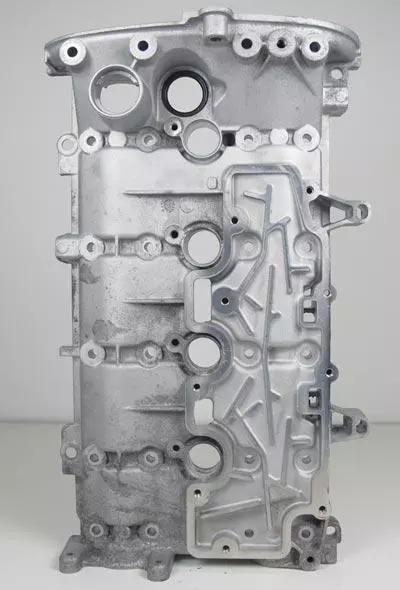Aqueous Cleaning offers the best cleaning efficiency
Surface preparation and cleaning are critical steps in the manufacturing process that directly affect the quality of finished products. To meet the high-quality standards that customers demand, it is essential to choose the appropriate cleaning process for a particular substrate and impurities that need to be removed. Pre- and post-cleaning steps are also critical factors that contribute to the overall effectiveness of the cleaning process. One of the most efficient and safe methods of cleaning metal parts is through aqueous cleaning systems. These systems offer several advantages over other cleaning methods, such as solvent-based cleaners that can be problematic for the environment and human health. Aqueous cleaning systems are generally less harmful and less hazardous, and they offer better cleaning performance with a lower risk of damaging the substrate.
The formulation of detergents used in aqueous cleaning systems is based on the characteristics of the substrate and impurities to be removed. Protective additives are used to prevent damage to sensitive substrates such as metals, plastics, and composites. Aqueous cleaning systems can remove various contaminants, including oils, greases, particulate matter, and other impurities that can affect product quality.
In addition to providing high cleaning performance, aqueous cleaning systems are also available in eco-friendly formulations that comply with several international standards such as ISO 9001, ISO 14001, and OHSAS 18001. These aqueous cleaning solutions are designed to reduce environmental impact and promote worker safety while still providing the same high-performance cleaning achieved only with solvents in the past. One of the critical factors that contribute to the effectiveness of aqueous cleaning systems is the pre- and post-cleaning steps that are taken. For example, a pre-cleaning step such as degreasing or pre-washing can help remove heavy layers of contamination before the primary cleaning process begins. Post-cleaning steps, such as rinsing, drying, or passivation, can help prevent rust or corrosion from occurring after the cleaning process is complete.
Several product lines are available to address different cleaning requirements, such as GALVEX for ultrasonic cleaning of polishing paste, DECOSPRAY and DECOCLEAN for oil removal in spray or ultrasonic cleaning systems, VACUKLEEN for carbide and HSS, and KORROSTOP to protect sensitive substrates from corrosion.
Environmental concerns have been a significant driver in the development of these cleaning chemicals, and the Application Centre scientists have conducted extensive research and experiments to help industrialists manage their wastewater. The products have been developed over many years of detailed research and development with many top high-end technology companies.
Automotive parts - Before cleaning

Automotive parts - After cleaning

NGL Cleaning Technology SA's Decofloc and Decospray product lines are used by BTG, a company located in Eclépens (Switzerland) that exports equipment for the paper industry worldwide. The Decospray line is also used to eliminate residues from the final surface treatment of certain coatings. This line of products is working effectively, and recycling is now performed in recovery tanks using an adapted flocculent developed by NGL Cleaning Technology.
Selecting the right cleaning process is critical for the high-quality finished products that customers demand. The aqueous cleaning systems and cleaning chemicals developed by NGL Cleaning Technology SA offer efficient and ecological cleaning solutions that comply with industry standards.